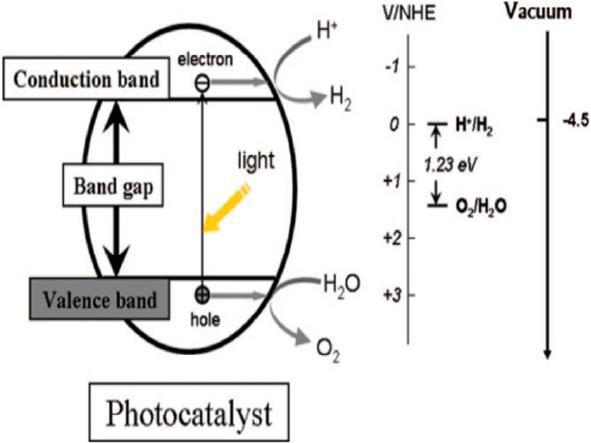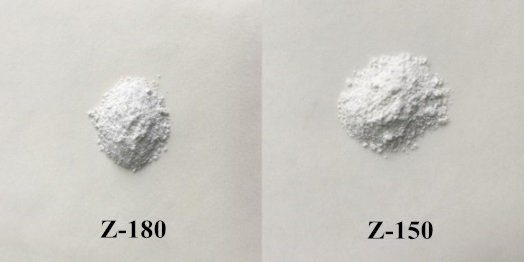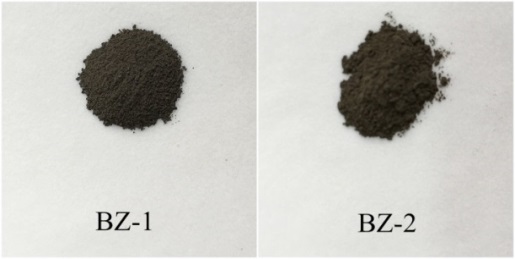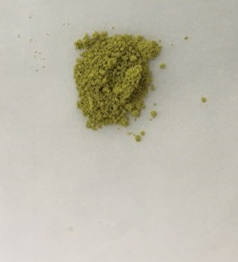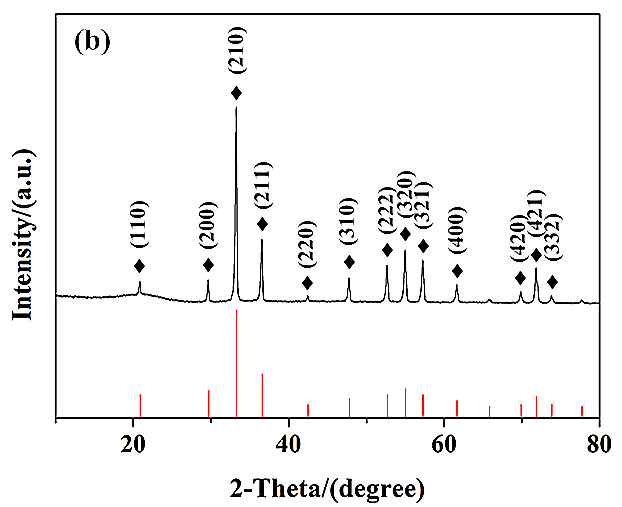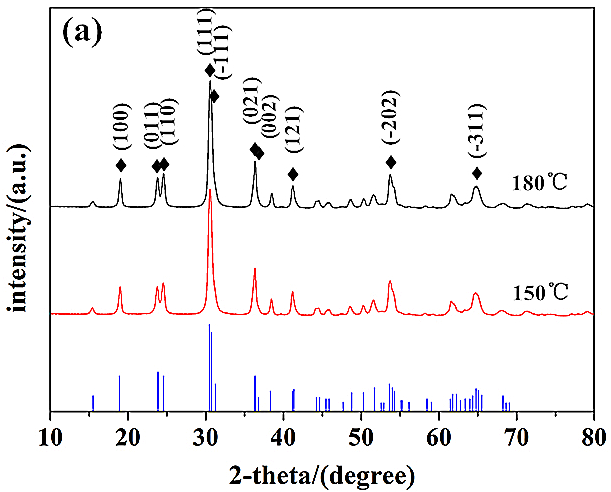基于可见光响应的ZnWO4催化剂的制备毕业论文
2020-07-08 21:41:33
摘 要
近年来研究发现,ZnWO4由于其独特的电子结构并具有良好的热稳定性、化学稳定性及光催化性能,可用作于新型光催化材料。然而ZnWO4带隙较宽,不能有效利用可见光催化降解污染物,限制了其在实际中的应用。本文选用ZnWO4作为研究对象,通过复合在可见光下具有高催化活性的Ag3PO4,以调控复合体光生载流子的激发及分离,从而达到改善ZnWO4光催化性能的目的。
首先通过水热法制备了ZnWO4材料,然后采用化学沉淀法将Ag3PO4和ZnWO4复合,构建了具有异质结结构的Ag3PO4/ZnWO4光催化剂。采用粉末X 
研究结果表明,不同水热温度会影响到ZnWO4的晶体结构,同时会影响到复合材料Ag3PO4/ZnWO4的光催化性能。采用水热法于180℃下恒温结晶24h获得的{111}轴向生长的ZnWO4晶体得到的晶体具有更好的光催化性能;而负载33.33mol%的Ag3PO4可以显著提高ZnWO4催化剂的降解活性,初次降解RhB 在20min时的降解率达96.6%,这表明锌基光催化剂构建异质结不但可以做出高效的光催化活性,还能够大大降低Ag3PO4的消耗量。机理分析表明,Ag3PO4/ZnWO4构建的突变p-n异质结可大幅提高ZnWO4光催化剂的催化效率。
我们采用简易的化学沉淀法制备了Ag3PO4/ZnWO4可见光催化剂,其在可见光下表现出很好的污染物降解性能。论文通过研究充分提高了ZnWO4光催化剂对太阳能的利用率,为其实际应用打下了良好的理论和实用基础。
关键词:ZnWO4 Ag3PO4 水热法 光降解 罗丹明B
The synthesis of ZnWO4 catalyst based on visible light response
Abstract
In recent years, it has been found that ZnWO4 can be used as a new photocatalytic material due to its unique electronic structure and good thermal stability, chemical stability and photocatalytic performance. However, ZnWO4 has a wide band gap, so it cannot effectively use visible light to catalyze the degradation of pollutants, limiting its application in practice. This article selects the ZnWO4 as the research object, through the composite has high catalytic activity of Ag3PO4 under visible light, to regulate complex living carrier of excitation light and separation, so as to achieve the aim of improving the ZnWO4 photocatalytic performance.
Firstly, ZnWO4 materials were prepared by hydrothermal method, and then Ag3PO4 and ZnWO4 were compounded by chemical precipitation method, and Ag3PO4/ZnWO4 photocatalyst with heterogeneous junction structure was constructed. The structure of the synthesized material was characterized by powder X-ray diffraction (XRD) and infrared (FTIR). The visible light catalytic degradation activity of the prepared materials was investigated with Rhodamine B (RhB) as the target pollutant.
The results show that different hydrothermal temperatures will affect the crystal structure of ZnWO4 and the photocatalytic performance of Ag3PO4/ZnWO4. By hydrothermal method in 24h under 180℃ isothermal crystallization of {111} axial growth of ZnWO4 crystal the crystal have the better photocatalytic performance;And the load of 33.33mol% Ag3PO4 can significantly improve the activity of the degradation of ZnWO4 catalyst, initial degradation of RhB degradation rate of 96.6% in 20 min, indicating that zinc base photocatalyst build heterojunction photocatalytic activity, not only can make efficient can greatly reduce the consumption of Ag3PO4. Mechanism analysis shows that the mutant p-n heterojunction constructed by Ag3PO4/ZnWO4 can greatly improve the catalytic efficiency of ZnWO4 photocatalyst.
Ag3PO4/ZnWO4 visible light catalyst was prepared by a simple chemical precipitation method. In this paper, the utilization ratio of ZnWO4 photocatalyst to solar energy is improved, which lays a good theoretical and practical foundation for its practical application.
Key words: ZnWO4; Ag3PO4; Hydrothermal method; photodegradation; rhodamine B
目录
摘要 1
Abstract 2
第一章 文献综述 1
1.1 引言 1
1.2 光催化 1
1.2.1 研究背景 1
1.2.2 光催化原理 1
1.2.3 光催化效率的提高机理 2
1.2.4 光催化剂的改进 3
1.3 光催化的应用 4
1.3.1 光解水制氢 4
1.3.2 二氧化碳还原 4
1.3.3 降解污染物 5
1.4 钨酸锌光催化剂性质的研究 5
1.4.1 钨酸锌光催化性质 5
1.4.2 晶体形貌及尺寸对钨酸锌光催化性能的影响 5
1.4.3 能带结构对钨酸锌光催化性能的影响 6
1.4.4 表面修饰对钨酸锌光催化性能的影响 6
1.5 本文研究目的及意义 7
第二章 光催化剂的制备及表征 8
2.1 引言 8
2.2 实验试剂与仪器 9
2.2.1 试剂 9
2.2.2 仪器 9
2.3 光催化剂的制备 10
2.3.1 ZnWO4的制备 10
2.3.2 Ag3PO4/ZnWO4的制备 10
2.3.4 Ag3PO4的制备 11
2.4 光催化剂的表征 12
2.4.1 X射线粉末衍射(XRD) 12
2.4.2 傅立叶红外光谱(FT-IR) 12
2.5 结果与讨论 12
XRD分析 12
FT-IR分析 13
第三章 光催化剂的光催化降解性能 15
3.1 引言 15
3.2 可见光驱动光催化降解活性实验 15
3.2.1光催化反应装置 16
3.2.2 光催化降解实验 16
3.2.3 循环性实验 16
3.3 结果与讨论 16
3.3.1 Ag3PO4/ZnWO4的光催化性能 17
3.3.2 不同温度下制备的ZnWO4光催化性能 18
3.3.3 暗吸附实验 19
3.3.4 不同负载量的Ag3PO4/ZnWO4光催化 20
3.3.5 Ag3PO4/ZnWO4降解高浓度RhB光催化 21
3.3.6 ZnWO4的循环性的探讨 24
3.4 光催化降解机理分析 25
第四章 结论与展望 29
4.1 结论 29
4.2 展望 30
参考文献 31
致谢 33
第一章 文献综述
引言
能源短缺与环境污染是人类目前所要面临的两大严峻挑战,人们迫切地需要绿色环保、可持续发展的生产方式。在能源危机和环境污染已日趋严重的当下,如何更加有效、充分利用太阳光来治理污染,是目前广泛关注的问题。利用光催化方法降解有机污染物,已成为国际上有较大应用前景的、研究较为成熟、也较为活跃的领域。
光催化
研究背景
太阳能资源既较为丰富,也较为环保。据估计,在中国可供开发利用的太阳能约为1.6×1015W,这约等于2010年度我国能源消耗的500倍[1]。太阳能等清洁能源的开发利用势必有助于改善中国能源产业结构。光催化材料既可以分解水制氢,也可以净化空气和水质。光催化从概念提出至今,各国专家学者都在努力探索,无论对机理研究还是对光催化的产品化都取得了很大进展。在环境污染净化尤其
光催化原理
半导体光催化剂的能带结构通常由空的高能导带与充满电子的低能价态与组成。而导带与价带之间的区域称作禁带,用Eg表示。

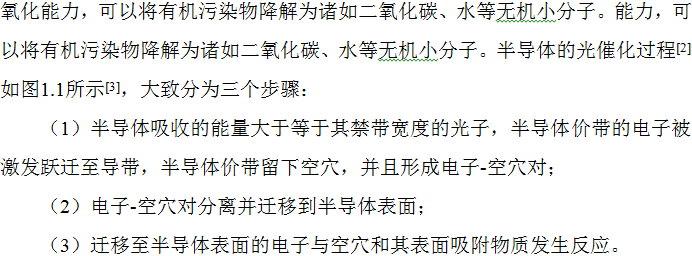
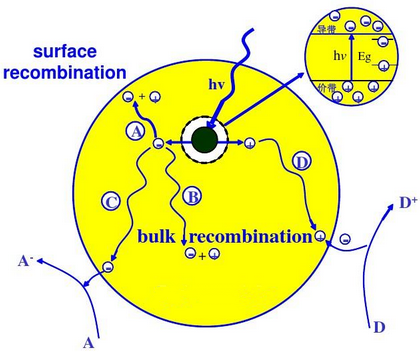
相关图片展示:
